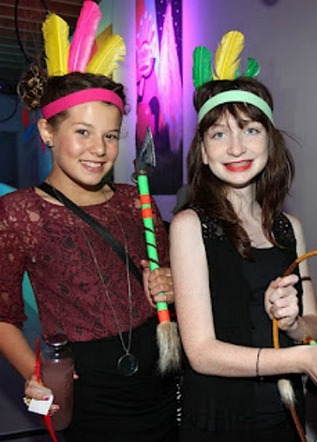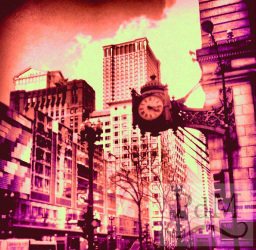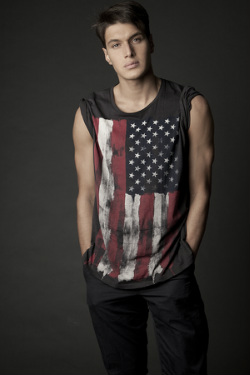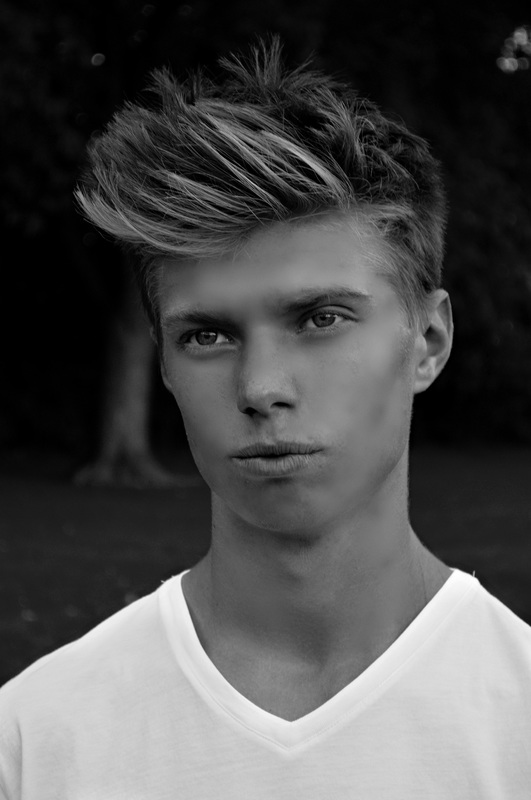By Sara Schwartzkopf
Society Contributor
Fashion’s Night Out has been an ongoing event for the past four years. It’s a chance for retailers and designers to host parties, show off their designs, and generally have a good time. Yet the fashion industry can have a tenuous relationship with Native Americans.
This year Paul Frank in West Hollywood decided to theme their event as a “Dream Catchin’ Pow Wow". Party-goers were encouraged to pose with fake tomahawks, head bands, neon feathers, and child-sized bow and arrows. Furthermore, the drinks were also Native-themed, including names like “Rain Dance Refresher,” “Neon Teepee,” and “Dream Catcher.” Even the Paul Frank monkey, Julius, was featured across the event wearing neon headdresses and neon face paint.
There is no doubt that the people at Paul Frank didn’t see a problem with this theme. Natives see this every year as Halloween rolls around, and even more in the past year as fake-Native designs have proliferated the clothing market. Yet the theme has been decried as upsetting and outright racist by several activists and websites. The issue centers around stereotypes, and specifically, dressing in what many have termed redface.
Similar to blackface, redface is used to relegate Natives to extremely stereotypical images. These simplified images of savages and sexy maidens were frequently used to justify policies that aimed to either kill off or assimilate Natives into mainstream white society. Many of these policies resulted in social justice issues that still plague Native communities: poverty, violence, mental health problems, health issues, and a level of erasure that arguably affects no other group in the United States to the same extent.
The problem is that this erasure also affects the fashion industry. The Native American image becomes commodified and imagined to be that of the same images that were once used to justify genocide. Other aspects of culture that are still regarded as sacred are stripped of context and history. Instead they become something trendy. A prime example is placing a headdress (a sacred object reserved for respected leaders) on a monkey (an animal that has also been used in the past to paint minorities as subhuman).
Society Contributor
Fashion’s Night Out has been an ongoing event for the past four years. It’s a chance for retailers and designers to host parties, show off their designs, and generally have a good time. Yet the fashion industry can have a tenuous relationship with Native Americans.
This year Paul Frank in West Hollywood decided to theme their event as a “Dream Catchin’ Pow Wow". Party-goers were encouraged to pose with fake tomahawks, head bands, neon feathers, and child-sized bow and arrows. Furthermore, the drinks were also Native-themed, including names like “Rain Dance Refresher,” “Neon Teepee,” and “Dream Catcher.” Even the Paul Frank monkey, Julius, was featured across the event wearing neon headdresses and neon face paint.
There is no doubt that the people at Paul Frank didn’t see a problem with this theme. Natives see this every year as Halloween rolls around, and even more in the past year as fake-Native designs have proliferated the clothing market. Yet the theme has been decried as upsetting and outright racist by several activists and websites. The issue centers around stereotypes, and specifically, dressing in what many have termed redface.
Similar to blackface, redface is used to relegate Natives to extremely stereotypical images. These simplified images of savages and sexy maidens were frequently used to justify policies that aimed to either kill off or assimilate Natives into mainstream white society. Many of these policies resulted in social justice issues that still plague Native communities: poverty, violence, mental health problems, health issues, and a level of erasure that arguably affects no other group in the United States to the same extent.
The problem is that this erasure also affects the fashion industry. The Native American image becomes commodified and imagined to be that of the same images that were once used to justify genocide. Other aspects of culture that are still regarded as sacred are stripped of context and history. Instead they become something trendy. A prime example is placing a headdress (a sacred object reserved for respected leaders) on a monkey (an animal that has also been used in the past to paint minorities as subhuman).
The shocking thing about Paul Frank’s party is not that it occurred. A simple Google search for “Cowboys and Indians party” or “Native-themed party” shows that it’s a common (though unacceptable) occurrence. Instead, the shocking thing is that Paul Frank not only issued an apology and took down the pictures, but took it a leap forward and discontinued all use of Native imagery in their products, contacted two of the most prominent activists (Dr. Metcalfe of Beyond Buckskin and Adrienne K. of Native Appropriations), asked them to participate in a panel at an industry conference, and announced plans to work with a Native artist on designs where the product proceeds will be donated to a Native cause.
It’s a move that’s unprecedented for a major brand, but it is one that opens up possibilities and hope for the Native community regarding how events like this should be handled.
It’s a move that’s unprecedented for a major brand, but it is one that opens up possibilities and hope for the Native community regarding how events like this should be handled.



 RSS Feed
RSS Feed





